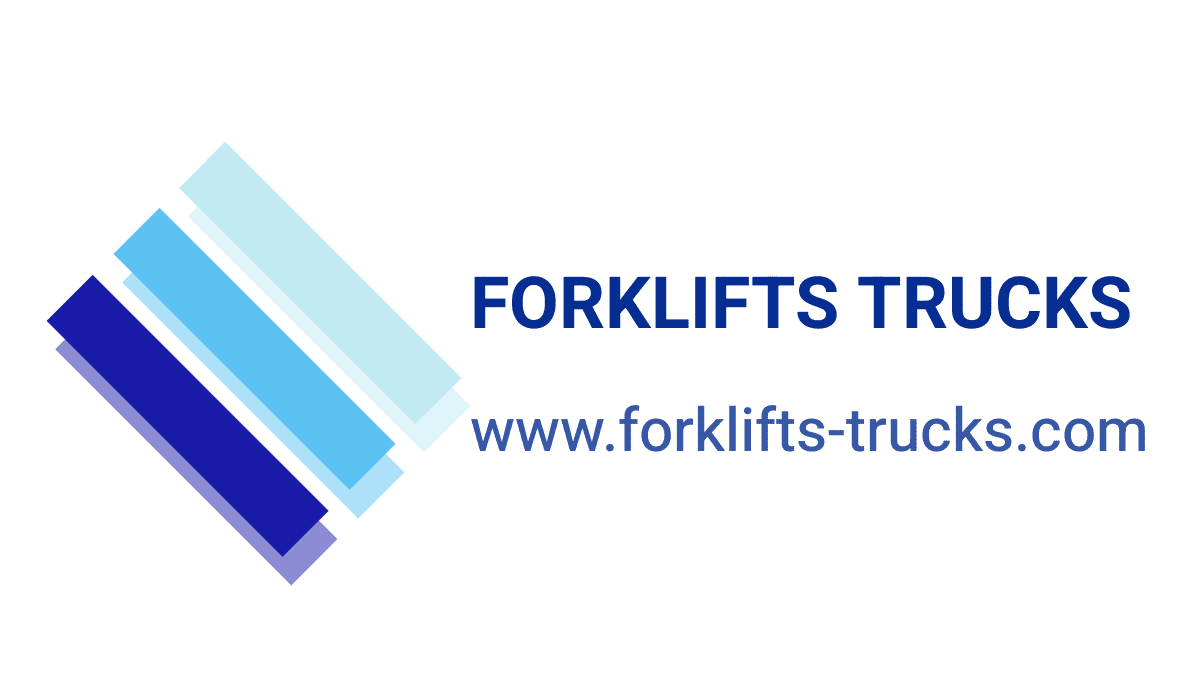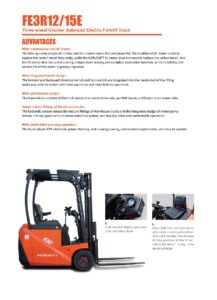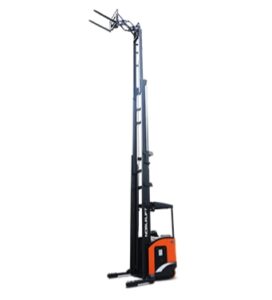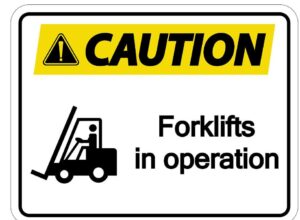Here are the key differences between electric and internal combustion (IC) forklifts:
### Power Source
– **Electric Forklifts**: Powered by rechargeable batteries, using electric motors for propulsion and lifting.
– **Internal Combustion Forklifts**: Powered by gasoline, diesel, or propane engines.
### Emissions
– **Electric Forklifts**: Zero emissions during operation, making them suitable for indoor use.
– **Internal Combustion Forklifts**: Produce exhaust emissions, requiring ventilation for safe indoor operation.
### Noise Level
– **Electric Forklifts**: Generally quieter, which is advantageous in noise-sensitive environments.
– **Internal Combustion Forklifts**: Typically noisier due to engine operation.
### Operating Cost
– **Electric Forklifts**: Lower fuel costs and reduced maintenance expenses, but battery replacements can be costly over time.
– **Internal Combustion Forklifts**: Higher fuel costs and more frequent maintenance needs due to engine parts.
### Performance
– **Electric Forklifts**: Suitable for lighter loads and more predictable power delivery; better for indoor and distribution center use.
– **Internal Combustion Forklifts**: Better for heavy-duty lifting and outdoor use, particularly in rough terrain.
### Battery Life and Recharging
– **Electric Forklifts**: Require downtime for battery charging and maintenance, which can affect productivity.
– **Internal Combustion Forklifts**: Can be refueled quickly, leading to less downtime during shifts.
### Initial Cost
– **Electric Forklifts**: Often have a higher initial purchase price due to battery technology.
– **Internal Combustion Forklifts**: Generally lower upfront costs, appealing for budget-conscious buyers.
### Applications
– **Electric Forklifts**: Best suited for warehouses, retail, and environments where air quality is a priority.
– **Internal Combustion Forklifts**: Ideal for outdoor use, construction sites, and applications requiring high lifting capacities.
### Overall Suitability
– **Electric Forklifts**: Preferred for indoor and environmentally sensitive areas.
– **Internal Combustion Forklifts**: Chosen for heavy-duty, outdoor applications with less concern for emissions.
These factors can greatly influence the choice between electric and internal combustion forklifts based on specific operational needs.




